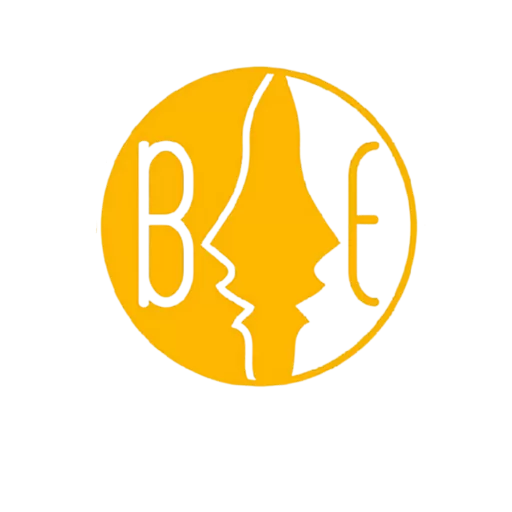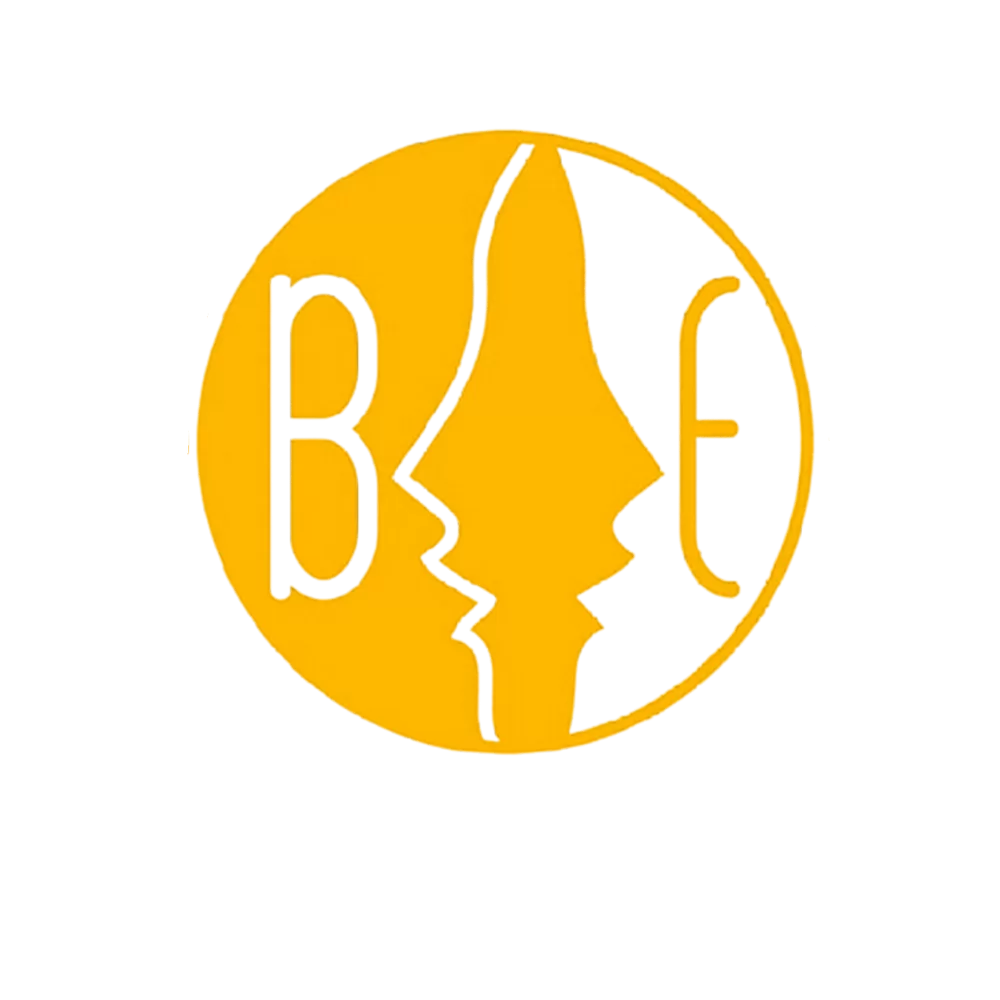Born in Port-au-Prince on June 3, 1934, Ansy Dérose began his singing career at a very young age under the tutelage of Mme Elisabeth Mahy, a French national and professor of vocal technique. For an entire decade, he sang nothing but the melodies of Frantz Schubert, Schumann, and Beethoven, excelling in the works of Lalo, Jules Massenet, and Gabriel Fauré.
Having obtained a scholarship that allowed him to continue his technical studies in Germany (where he arrived on November 23, 1963), he nevertheless did not neglect his talent and his art. This is why he enrolled at the “Musick Hoch Shule,” where his professors acknowledged his remarkable gift as a performer. Later, when he transferred to Saarbrücken, he entered an amateur competition organized by that city’s radio and television station and won first prize. It was there that he began introducing Haiti’s traditional songs, as well as his own compositions of exceptional quality, to the land of Goethe and Mozart.
Upon returning from Germany in 1964, and invited by relatives for a stay in Chicago, he remained there for eighteen months, enrolling at the American Conservatory of Chicago under the supervision of the renowned Maestro G. Moore, whose esteem and admiration he earned.
His grand entrance onto the international stage took place at the “First World Festival of Song,” held in Mexico in November 1970. This festival featured the greatest names in European and South American music and prominent conductors and arrangers such as Paul Mauriat, Franck Pourcel, and Pochio Perez. Of the 70 countries represented, his song “Maria”—one of his very first compositions, arranged by Pochio Perez—won the third-place trophy. As a result, he was mentioned in a column on the front page of Mexico’s official newspaper, “Olimpo,” which declared: “…With Ansy Dérose of Haiti, the chain of European triumphs has been broken.”
Despite numerous offers from European companies, after this experience Ansy Dérose recognized the urgent need to continue his musical studies. Though there was no formal conservatory in Haiti, he decided to return to his native country. Gifted with an incredible capacity for self-improvement, this autodidact devoted himself heart and soul to addressing his shortcomings with relentless determination, shutting himself away for three months to work day and night. After thirteen years teaching at the J.B. Damier Vocational School, he became its director. Following the departure of foreign experts, the quality of instruction dropped considerably, and as the new director, he spared no effort to improve it: he focused on recruiting qualified teachers and, above all, securing essential funding (which had always been desperately lacking) to keep the institution running. He also took three years of classes in Architecture and Interior Design.
In 1972, his first record, Ansy, sa Musique et sa Poésie (“Ansy, His Music and His Poetry”), delighted music lovers. His second album, Quo Vadis Terra (1974), met with unending success. His songs—symbols of hope, love, and brotherhood—made him the most beloved singer in the country.
In the meantime, in 1976, Ansy discovered in his wife, Yole Ledan Dérose, both a highly sensitive lyricist and an extremely harmonious singing voice that, in combination with his own, would produce a most felicitous effect. A show was held at the Rex Theatre to share with the Haitian public the second-place prize won at the International Festival of Song and Voice. It was on that occasion that the public discovered Yole. It was love at first sight, and from that point on, audiences would not do without this iconic couple.
Yole and Ansy embodied two closely matched voices, the unique symbol in Haiti of a couple who had found success both on stage and in private life. Ansy’s already substantial popularity was certainly reinforced by the sweet yet vibrant voice of his partner, whose striking beauty was universally praised. Bearers of dreams and tenderness, their names continue to be spoken with fascination and enjoy unparalleled renown. Their show “Hommage à la Jeunesse” (“Tribute to Youth”), held at Sylvio Cator Stadium on May 11, 1985, before more than twenty-five thousand spectators—with nine young talents representing the country’s nine geographical departments—vividly demonstrated this fame.
The album Anakaona propelled Ansy Dérose to a new level of acclaim. In both Spanish and French, the lyrics to this song stirred the soul of the Caribbean—especially at its grand premiere at the Beaux-Arts Theatre in Puerto Rico—and because it speaks of regained freedom and extols justice, courage, and love, it was included among the selected pieces printed for students at the Saint Louis de Gonzague Institution.
Remaining true to every engagement, there was a great love affair between the public and “Yole et Ansy.” Regardless of time or place, long and endless lines of spectators would form outside the venues where they performed, both in Haiti and abroad—from the most modest stages to the most prestigious, including Carnegie Hall, a hub for world-renowned performers.
The Creole version of the National Anthem, written in accordance with Raymond Moïse’s train of thought and in collaboration with him, was officially approved and nationalized by decree of the Ministry of Information on May 18, 1986.
Ansy Dérose was at once a poet, composer, performer, and arranger. He represented Haitian music with great distinction, both at home and on the international stage. His songs possess such vitality, tenderness, passion, and beauty that it is hard to forget them—or not to love them—even after just one listening (Carlo Désinor).
His record Nou vle (“We Want”), released in 1987 before Haiti’s first presidential elections, may be the most vibrant expression of the Haitian soul.
In 1989, the album Quand mon Cœur Bat la Mesure (“When My Heart Sets the Tempo”) was released, this time featuring Yole alone, giving full scope to her sensitivity and to her warm, captivating, and sensual voice. In the summer of that same year, Ansy and Yole embarked on a national tour that took them to Saint-Marc, Gonaïves, Port-de-Paix, Cap-Haïtien, Léogane, Petit-Goâve, Jacmel, Jérémie, Les Cayes, and so on. During this tour, the albums Nou Vle and Quand mon Cœur Bat la Mesure touched the hearts of Haitians everywhere.
With the song “F.D.A. w anraje,” they undertook a lengthy tour that brought them to New York, Boston, New Jersey, Washington D.C., Miami, and Orlando. This tour led to the historic march of September 19, 1990, in Washington D.C., which drew around two hundred thousand Haitians protesting the FDA’s racist policy that wrongly claimed Haiti was one of the sources of AIDS on the planet.
From 1990 to 1996, Ansy continued to put on shows in Haiti and abroad while working professionally as an architect-decorator. At the end of 1991 and the start of 1992, following dishonest activities by certain ill-intentioned individuals, he decided to step down as director of the J.B. Damier Vocational School. He then built the Atelier-école (Workshop-School) that bore his name, where he carried out cabinetry and ironwork while continuing to train young apprentices.
During the same period, alongside fellow musicians such as Raoul Denis Jr., Lionel Benjamin, Boulot Valcourt, and Henri Célestin, he founded the Association Nationale des Auteurs Compositeurs et Interprètes de Musique (ANACIM), whose mission was to establish a Society for Authors’ Rights in Haiti. They took all necessary steps, which led to the first visit of a delegation from the World Intellectual Property Organization (WIPO).



